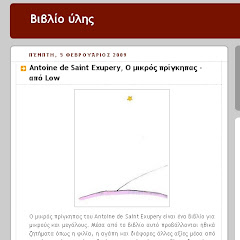 The Czech Republic has a temperate, continental climate with relatively hot summers and cold, cloudy winters, usually with snow. Most rains are during the summer. The temperature difference between summers and winters is relatively high due to its landlocked geographical position.
The Czech Republic has a temperate, continental climate with relatively hot summers and cold, cloudy winters, usually with snow. Most rains are during the summer. The temperature difference between summers and winters is relatively high due to its landlocked geographical position.Even within the Czech Republic, temperatures vary greatly depending on the elevation. In general, at higher altitudes the temperatures decrease and precipitation increases. Another important factor is the distribution of the mountains. The climate therefore is very varied.
At the highest peak (Sněžka, 1,602 m/5,260 ft) the average temperature is only −0.4 °C (31 °F), whereas in the lowlands of South Moravia, the average temperature is as high as 10 °C (50 °F). This also applies for the country's capital Prague, but this is due to urban factors.
The coldest month is usually January followed by February and December. During these months there is usually snow in the mountains and sometimes in the major cities and lowlands. During March, April and May, the temperatures usually increase rapidly and especially during April the temperatures and weather tend to vary a lot during the day. Spring is also characterized by high water levels in the rivers due to melting snow followed by floods at times.
The warmest month of the year is July, followed by August and June. On average, the summer temperatures are about 20 °C (68 °F) higher than during winter. Especially in the last decade, temperatures above 30 °C (86 °F) are not unusual. Summer is also characterized by rains and storms.
Autumn usually begins in September, which is still relatively warm, but much drier. During October, temperatures usually fall back under 15° or 10°C (59° or 50°F) and deciduous trees begin to shed their leaves. By the end of November, temperatures usually range around the freezing point.
Source: wikipedia




Δεν υπάρχουν σχόλια:
Δημοσίευση σχολίου